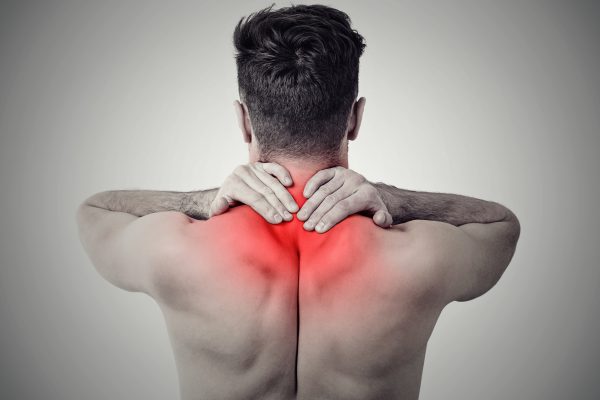Starting off:
Pain is a complicated feeling that can often be a sign that something is wrong with the body. Hormonal imbalances are one reason that is often overlooked, even though the causes can range from physical harm to long-term illnesses. Hormones are very important for keeping the body running smoothly, and when their amounts get off, it can cause pain in different parts of the body. For evaluation and treatment to work, it’s important to know how pain and hormonal imbalances affect each other.
Understanding Hormonal Imbalances:
Hormones control many bodily processes, such as metabolism, growth, reproduction, and mood. They do this by sending chemical messages. Hormone imbalances can be caused by any change in hormone levels and can show up as pain among other things. Hormones like cortisol, thyroid hormones, estrogen, progesterone, and testosterone are often linked to how we feel pain.
When you are stressed, your adrenal glands produce cortisol, which is also known as the “stress hormone.” Stress that lasts for a long time can raise cortisol levels, which may make inflammation and pain worse. Hormones in the thyroid control metabolism and can also change how people feel pain. Back and joint pain can be caused by both hypothyroidism and hyperthyroidism.
Changes in estrogen and progesterone levels during a woman’s menstrual period can affect how sensitive she is to pain. A lot of women have more pain during their periods. This is called dysmenorrhea, and it’s often caused by changes in hormones. Most people think of testosterone as a hormone that men have, but it also affects how we feel pain. Low amounts of testosterone have been linked to more pain feeling in both men and women.
Figuring out the link between pain and hormonal imbalances:
To find the connection between pain and hormonal imbalances, you need to look at the whole patient, including their medical background, symptoms, and diagnostic tests. Problems with hormones can show up as constant pain, tiredness, mood swings, weight changes, and periods that don’t come on time. But these symptoms can also be signs of other health problems, which shows how important it is to get a full evaluation.
To correctly find hormonal changes, diagnostic tests like blood tests, hormone level checks, and imaging studies may be needed. Hormonal labs can find out how much estrogen, progesterone, testosterone, and cortisol a person has in their body, while thyroid function tests can help doctors figure out what’s wrong with the thyroid. Imaging tests like ultrasound or MRI can also be used to look at the structure and function of organs that are being affected by hormonal changes.
How to Treat Pain Caused by Hormonal Imbalances: Managing pain symptoms is often part of treating pain caused by hormonal imbalances. The problem itself needs to be fixed. The method may be different based on the hormone in question and the main reason for the imbalance.
Hormone Replacement Therapy (HRT):
If you have low hormone levels because of menopause or hypothyroidism, you may be given hormone replacement therapy. Hormone replacement therapy (HRT) tries to get hormone levels back to normal, which can help with hot flashes, mood swings, and pain. Health care professionals should carefully watch over people who are on HRT, though, because it does come with some risks.
Changes to your lifestyle:
Making some changes to your lifestyle can help you deal with hormonal issues and lessen your pain. These might include ways to reduce stress like mindfulness meditation, regular exercise to keep hormones in balance, a healthy diet full of fruits, veggies, and whole grains, enough sleep, and staying away from substances like nicotine and alcohol that can mess with hormone levels.
Techniques for Handling Pain:
Besides fixing the hormonal imbalance at its source, different techniques for handling pain can also help ease pain complaints. Some of these are over-the-counter or prescription pain killers, physical therapy, massage therapy, acupuncture, chiropractic care, and ways to relax like yoga or deep breathing routines.
Therapies Other Than Medicine:
Herbal supplements, acupuncture, biofeedback, and homeopathy are some alternative therapies that may help people with pain and hormonal issues. Even though these treatments may or may not work for everyone, they can be thought of as part of a complete treatment plan when a medical worker is involved.
Interruptions in hormone levels often cause pain sensitivity and other symptoms when they happen in people who are experiencing hormonal changes. For a correct diagnosis and successful treatment, it is important to understand the link between pain and hormonal imbalances. People can improve their quality of life and general health by addressing the underlying hormonal problem and learning how to control their pain symptoms. To successfully treat both the hormonal imbalances and the pain that comes with them, it is important to work with medical professionals to create a personalized treatment plan.
